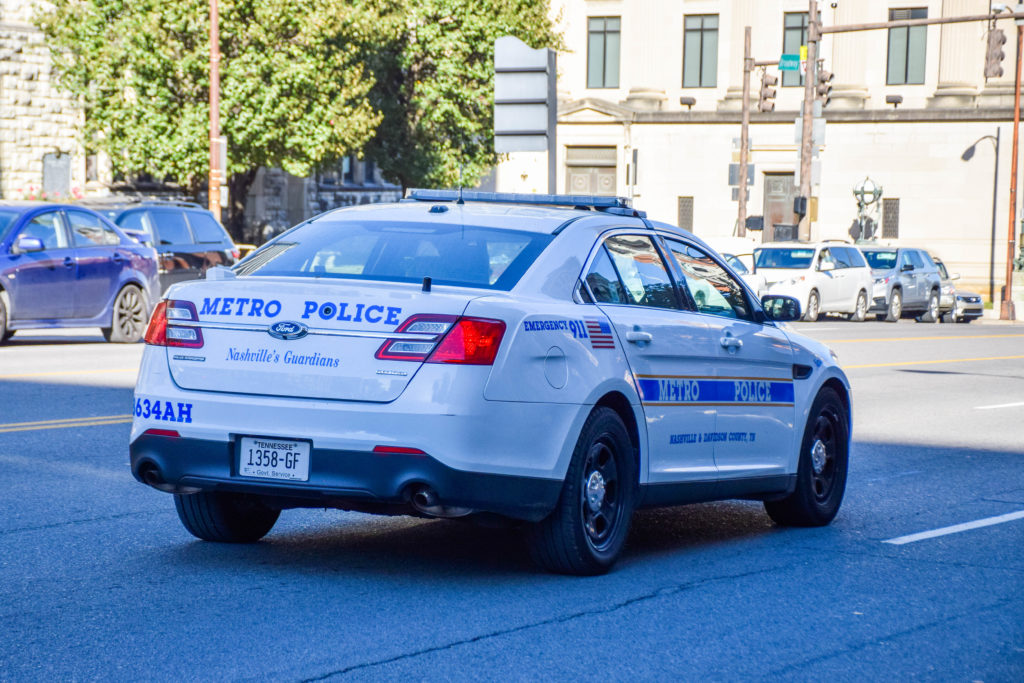
Nashville’s police department is recalculating response times for 911 calls going back several years. The move follows a recent report from the Community Oversight Board that found that wait times were twice as long — or even three times longer — than previous years.
The police department says response times have gotten longer — but not that much longer. Their dispute with the numbers has to do with the way the department is analyzing their own call data.
The oversight board’s report was based on publicly available data, analyzed by MNPD. And since the report came out, MNPD made a change in its analysis.
“Sometimes, as officers arrive on a chaotic scene, they may not check 97 — arriving on scene,” says department spokesperson Kris Mumford. “This skews the average response time on the data-dashboard.”
Mumford says the data dashboard was updated to eliminate those “erroneous” datapoints from this analysis. The department is not including data that falls outside of three standard deviations from the mean, though those calls are still included in other datasets, MNPD says.
Jeff Asher is a data analyst who specializes in criminal justice. He says it’s a valid way to calculate, but it isn’t necessarily representative of what is happening. Instead of using standard deviations, he has conducted a similar analysis that eliminated calls for service that took more than 24 hours.
He says it’s more transparent to pick a number like 24 hours, because standard deviations will shift as more data is added to the set.
“There’s no reason to use three standard deviations rather than a specific number,” Asher says. “Sometimes, you’re going to get emergencies that take a couple of hours. And by just removing them because they’re outliers … the person still waited that long.”
As a result of the change, more than 22,000 calls were excluded from MNPD’s analysis.
And now the new analysis shows average response times ranging from a few minutes to 15 minutes shorter than the data originally showed.
For example, shootings. In the original analysis, wait times for shooting calls went from 10 minutes in 2020, to 30 minutes in 2022. MNPD’s new analysis has those numbers closer to a nine-minute wait in 2020, and just a 16-minute wait in 2022.
“There is a tendency to care about that difference, like whether or not the outliers were included,” Asher says.” When in reality, what’s most important is the trend.”
And the trend here in Nashville still holds — even with the department’s new analysis, wait times are higher across nearly every call type.

